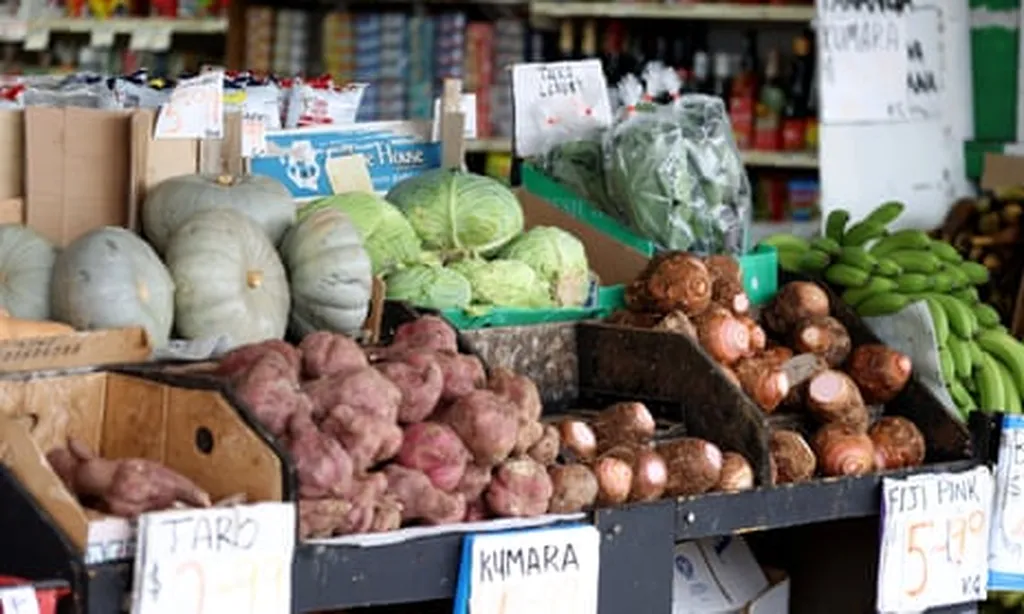Reading Time: 3 minutes
By Tracy Brown
In the ever-evolving landscape of New Zealand dairy farming, the bridge between current capabilities and future necessities is being built with innovation and rapid adoption of new technologies. As chair of DairyNZ, I’ve observed this progression through three distinct eras: growth, sustainability, and now, technology and data-driven advancement.
The recently published 10-year global outlook for agriculture by the OECD and FAO paints a picture of a decade marked by increased consumption of animal products, driven by rising incomes. Agricultural production is set to grow by 14% due to productivity gains, and butter prices are expected to remain high. However, the report also warns of declining real agricultural commodity prices in the medium term due to these productivity gains. While emissions intensity may decrease, total emissions remain a concern, underscoring the need for innovative technologies to mitigate environmental impact and economic risks.
Here in New Zealand, dairy farmers have been steadily embracing technology, particularly in automation and herd management. Our 2023 Technology Survey report revealed a significant uptake in wearable technology, with 16% of farms using it compared to just 3% in 2018. This trend reflects a broader interest and investment in technology across the sector.
The benefits of these technologies are becoming increasingly evident. Recent DairyNZ research on wearables indicates that farmers who automated mating processes reduced labour reliance without compromising reproductive performance. This is just one example of how technology can enhance efficiency and productivity on the farm.
Looking ahead, the government has signaled the imminent arrival of new technologies aimed at reducing methane emissions without impacting production or profitability. These include low-emissions breeding, vaccines, probiotic treatments, and even UV light treatment for ryegrass seed. Significant investments are being made through AgriZeroNZ, with some technologies potentially available as early as next year.
However, the adoption of these new tools must be balanced with public trust. DairyNZ is committed to testing and evaluating these technologies under New Zealand conditions to ensure they are safe for animals and farmers, and accepted by our export markets. We are also advocating for policy settings that support farmers as we approach decisions around methane and freshwater regulations.
Meanwhile, we continue to support farmers with the options they have now to influence emissions. Recent findings highlight the importance of homegrown feed, which also supports profitability. As farmers navigate the myriad of emerging tech opportunities, it’s crucial to consider individual farm needs, potential outcomes, financial costs, and the specific requirements to make the technology work effectively.
The OECD-FAO’s vision of increased productivity gains and emissions reduction technology presents an opportunity to eradicate global undernourishment. This is a gap worth bridging, and New Zealand dairy farmers are well-positioned to contribute to this global challenge through innovation and responsible farming practices.

